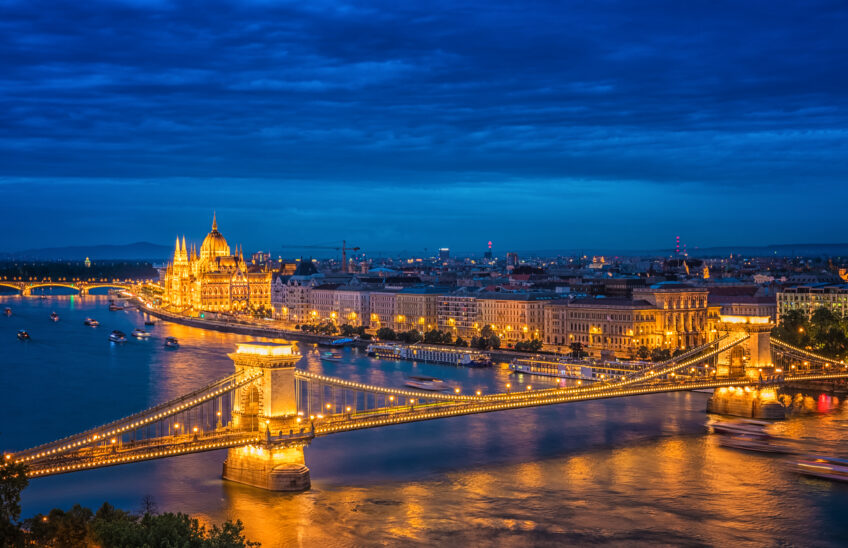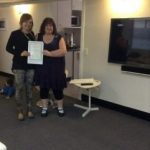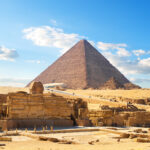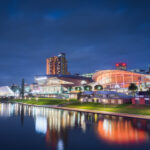Teach English in Hungary
Teaching English in Hungary offers a unique and enriching experience that combines cultural immersion with the opportunity to make a meaningful impact. Hungary’s rich history, stunning landscapes, and vibrant cities create an ideal backdrop for educators seeking adventure. As an ESL teacher, you’ll have the chance to engage with enthusiastic students eager to enhance their language skills, providing a rewarding platform for personal and professional growth.
Hungary’s central location in Europe makes it a gateway to explore neighboring countries, fostering a well-rounded and diverse experience. Additionally, the demand for English language proficiency is on the rise, making English teachers essential contributors to Hungary’s educational landscape. Embracing this opportunity allows you to build connections, gain international teaching experience, and contribute to the educational development of Hungary, all while savoring the charm and warmth of this European gem.
Popular Cities
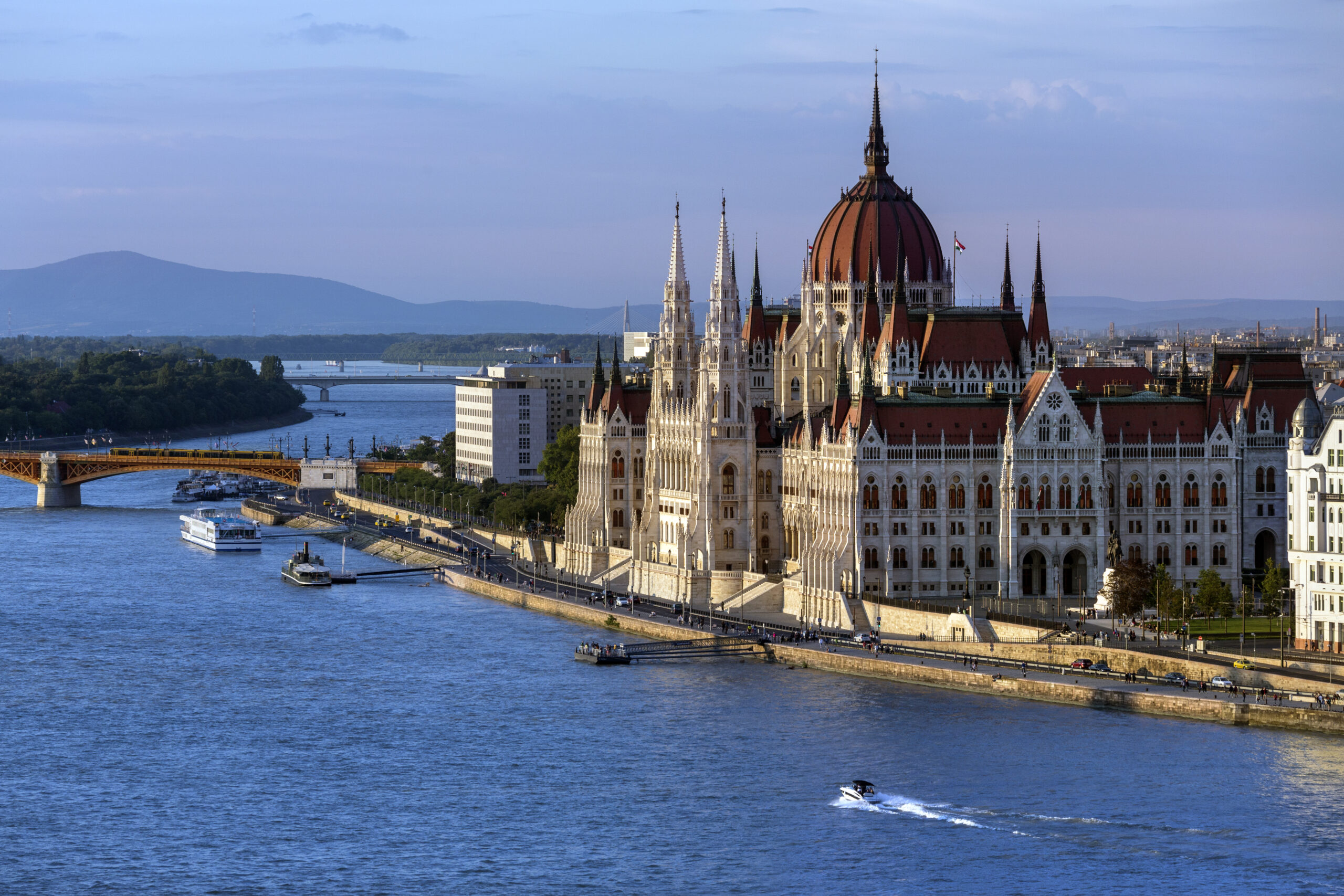
Budapest
As the capital and largest city, Budapest offers a dynamic and cosmopolitan environment for English teachers. The city boasts a rich cultural scene, historical landmarks, and a thriving expatriate community. The demand for English language instruction is high, providing ample opportunities for teachers to find rewarding positions.
Buda Castle: Explore the historic Buda Castle, perched on Castle Hill, offering panoramic views of the Danube River and the Pest side of the city. The castle complex includes museums, medieval architecture, and the iconic Fisherman’s Bastion.
Széchenyi Thermal Bath: Relax and rejuvenate in Széchenyi, one of Europe’s largest thermal baths. The neo-baroque complex features outdoor and indoor pools with thermal waters, saunas, and spa services, providing a unique and relaxing experience.
Chain Bridge and Danube Promenade: Walk across the iconic Chain Bridge, connecting Buda and Pest, and stroll along the Danube Promenade. This picturesque area offers breathtaking views of the Parliament building and the Budapest skyline.
Ruin Bars in the Jewish Quarter: Experience Budapest’s vibrant nightlife by visiting the famous ruin bars in the Jewish Quarter. These unique bars are set in dilapidated buildings, creating a bohemian atmosphere with eclectic decor and a lively social scene.
Hungarian Parliament Building: Admire the stunning architecture of the Hungarian Parliament Building, situated along the Danube River. Take a guided tour to explore the interior and learn about Hungary’s history and political system.

Debrecen
Known as the “Calvinist Rome,” Debrecen is Hungary’s second-largest city and a significant cultural and economic hub. With a prestigious university and a growing demand for English language education, Debrecen provides a more relaxed atmosphere compared to Budapest while still offering a vibrant lifestyle.
Great Reformed Church: Visit the Great Reformed Church, a symbol of Debrecen, known for its impressive architecture and historical significance. Climb to the top for panoramic views of the city.
Déri Museum: Explore the Déri Museum, home to an extensive collection of art, artifacts, and historical exhibits. The museum provides insight into Debrecen’s past and cultural heritage.
Hortobagy National Park: Take a day trip to Hortobagy National Park, a UNESCO World Heritage site. Experience the vast Hungarian plains, traditional shepherd life, and the unique flora and fauna of the region.
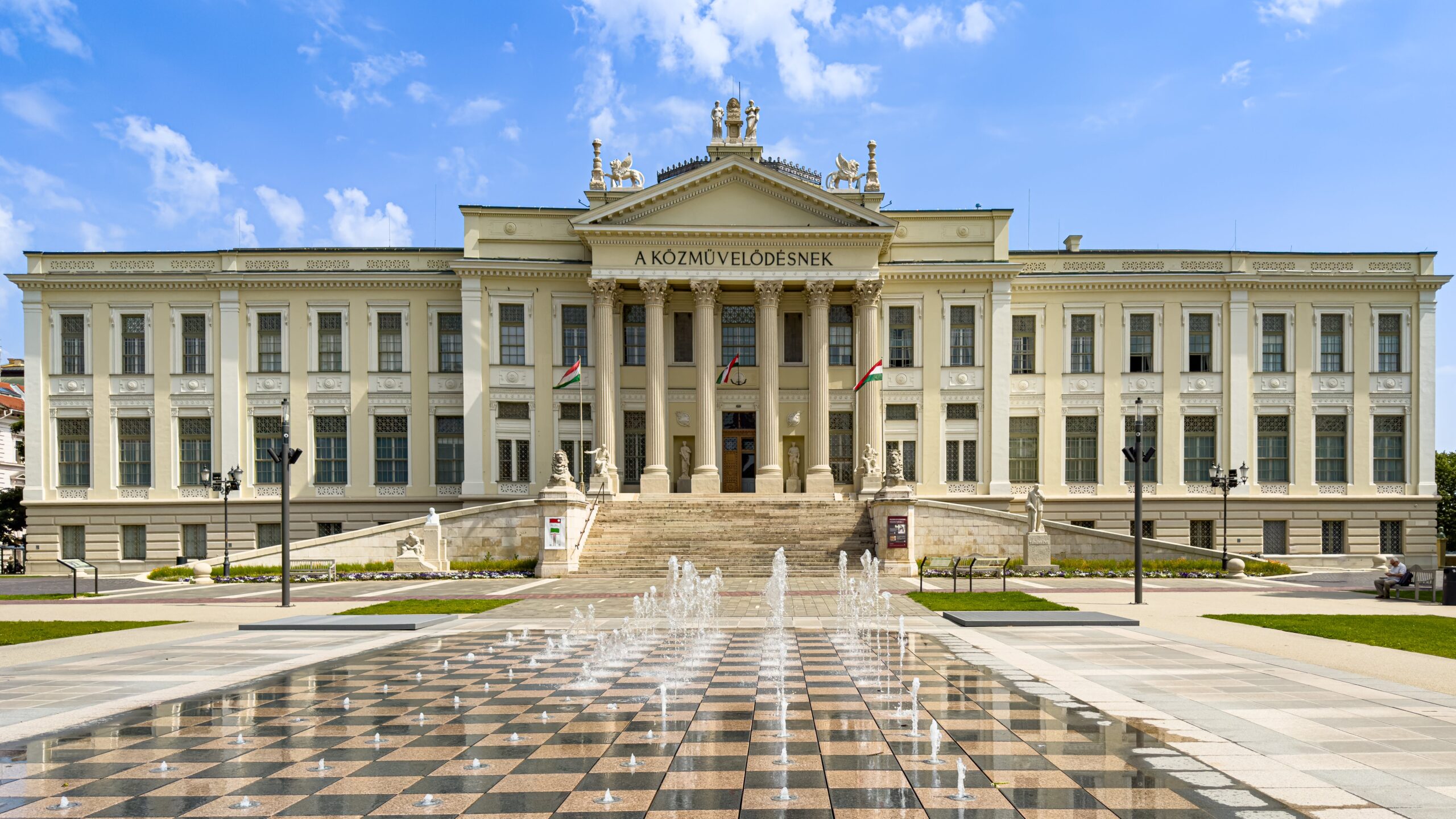
Szeged
Situated near the southern border, Szeged is a charming city with a lively student population, thanks to the presence of the University of Szeged. The city’s welcoming atmosphere, historical architecture, and lower cost of living make it an attractive destination for English teachers seeking a more intimate and community-oriented experience.
Szeged Cathedral: Visit the Votive Church of Szeged, a stunning cathedral with intricate architecture. Climb to the top for panoramic views of Szeged and the Tisza River.
Szeged Open-Air Festival: If visiting during the summer, attend the Szeged Open-Air Festival, one of Hungary’s most significant cultural events, featuring theater, music, and dance performances.
Dom Square and the University of Szeged: Explore Dom Square, surrounded by historic buildings, and visit the University of Szeged, known for its beautiful architecture and botanical garden.
Other Regions to Visit:

Lake Balaton – Europe’s Largest Freshwater Lake:
- Relax on the beaches of Lake Balaton, enjoying the “Hungarian Sea.”
- Explore Tihany Peninsula, known for its charming village and stunning views.
- Visit the medieval Tihany Abbey and discover its history and architecture.
- Take a boat cruise on Lake Balaton to appreciate its size and beauty.
- Explore the vibrant town of Keszthely and visit Festetics Palace.

Food
These dishes showcase the diverse and flavorful nature of Hungarian cuisine, often featuring ingredients like paprika, a spice that is central to many Hungarian recipes. When visiting Hungary, exploring the local food scene and trying these traditional dishes is a must for a complete cultural experience.
Goulash (Gulyas): Goulash is perhaps the most iconic Hungarian dish. It is a hearty stew made with beef (or sometimes pork), potatoes, carrots, onions, and seasoned with paprika and other spices. It’s often served with a side of bread or noodles.
Langos: Langos is a popular Hungarian street food. It’s essentially deep-fried flatbread, typically topped with garlic, sour cream, and grated cheese. Some variations include additional toppings like ham or sausages. It’s a savory and satisfying snack.
Dobos Torte: This is a classic Hungarian layer cake that consists of sponge cake layers with chocolate buttercream and caramel. The top layer is typically a crispy caramel layer that is sliced into wedges, creating a unique and delicious dessert.
Fisherman’s Soup (Halaszle): As Hungary is home to many rivers and lakes, fish is a common ingredient in Hungarian cuisine. Halaszle is a spicy fisherman’s soup made with freshwater fish, paprika, and various spices. It’s a flavorful and aromatic dish enjoyed especially during festivals and celebrations.
Langos: Langos is a deep-fried flatbread that is popular as a street food or snack. It is typically made with a simple dough, deep-fried until golden and crispy, and then topped with various options such as garlic, sour cream, cheese, or even Nutella for a sweet variation.
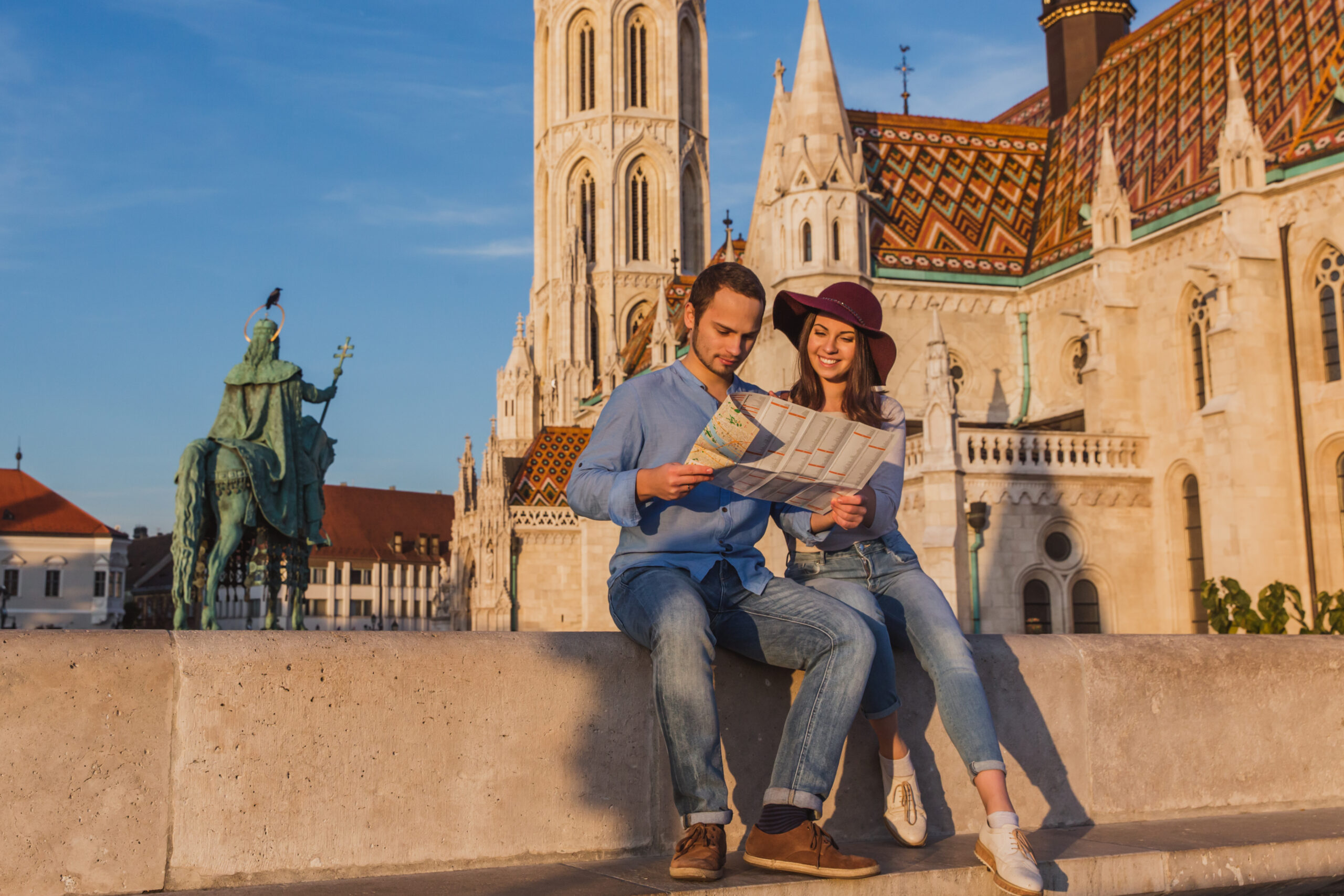
Culture and People
Historical Influences: Hungary’s history is marked by a series of invasions, occupations, and cultural exchanges. The Magyars, originally a Central Asian nomadic tribe, settled in the Carpathian Basin in the 9th century. Over the years, Hungary has been influenced by the Roman Empire, Ottoman Empire, Habsburg Monarchy, and Soviet rule, contributing to the diverse cultural landscape.
Language: Hungarian (Magyar) is a Finno-Ugric language, distinct from its neighboring European languages. This unique linguistic heritage is a source of pride for Hungarians and reflects their historical isolation in the Carpathian Basin.
Cultural Traditions: Hungarians have a deep appreciation for cultural traditions, including folk music, dance, and art. Traditional folk music often features the violin, flute, and cimbalom, while colorful folk dance performances showcase regional variations in costumes and choreography.
Festivals and Celebrations: Hungary celebrates a variety of festivals and events that highlight its cultural heritage. The Budapest Wine Festival, Budapest International Documentary Festival, and the Budapest Opera Ball are just a few examples of occasions that bring together locals and visitors to revel in Hungarian arts and culture.
Hospitality: Hungarians are often recognized for their warm hospitality and friendliness. Visitors to Hungary often find themselves welcomed with open arms, and locals take pride in sharing their culture and traditions.
Pride in Independence: Hungarians have a strong sense of national pride and a history marked by a struggle for independence. The country’s history of invasions and occupations has fostered a resilient spirit among the Hungarian people.
Love for Thermal Baths: Hungary is renowned for its thermal baths, and Hungarians have a deep appreciation for the therapeutic and social aspects of these facilities. Bathing culture is an integral part of Hungarian life, and many locals regularly visit thermal spas for relaxation and socializing.
Passion for Soccer: Soccer (football) holds a special place in Hungarian hearts. The Hungarian national team has a storied history, and the sport is a major source of enthusiasm and community spirit. Matches, especially international competitions, bring people together to cheer for their team.
Fondness for Folk Traditions: Hungarians take pride in their rich folk traditions, including music, dance, and handmade crafts. Traditional folk events, festivals, and fairs provide opportunities for people to showcase and celebrate their cultural heritage.
Tight-Knit Communities: In smaller towns and villages, there is a strong sense of community. People often know their neighbors well, and community events and celebrations are an important part of social life.
Qualifications
An internationally recognised TESOL Certificate will be required to teach English in Hungary.
Visa
To work as an English teacher in Hungary, you will need to have a valid work visa. Most schools will help you obtain the correct visa and guide you through the process with visa assistance. Some students will originally enter on a 3-month holiday visa. The process of obtaining a work visa can vary depending on your country of origin, but generally, you will need to provide proof of your qualifications, a valid passport, and a criminal background check. It is important to check the specific requirements for each country and your language school for up-to-date advice.
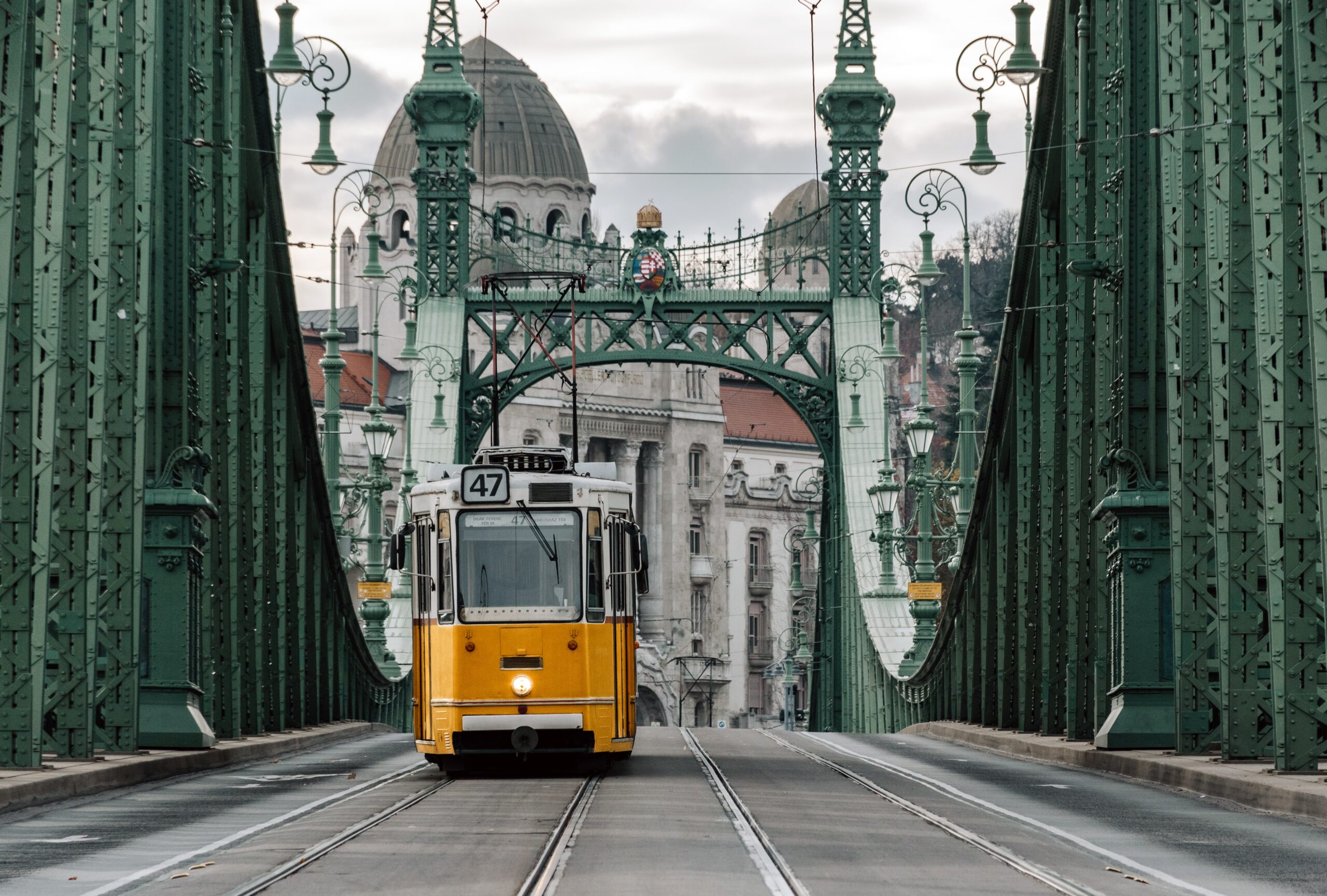
Get Started!
Embarking on the journey to teach English in Hungary is an amazing adventure that promises not only professional development but an immersive cultural experience like no other. Picture yourself strolling through Budapest’s enchanting streets, with its historic architecture and vibrant markets, all while making a meaningful impact on eager learners. Imagine weekends spent exploring the enchanting landscapes of Lake Balaton or the historic charm of Eger, all within easy reach. Teaching English in Hungary isn’t just about imparting language skills; it’s a chance to become part of a community, share in cultural traditions, and witness the beauty of this captivating country unfold before your eyes. Embrace the opportunity to teach, travel, and immerse yourself in Europe – a decision you won’t regret.


